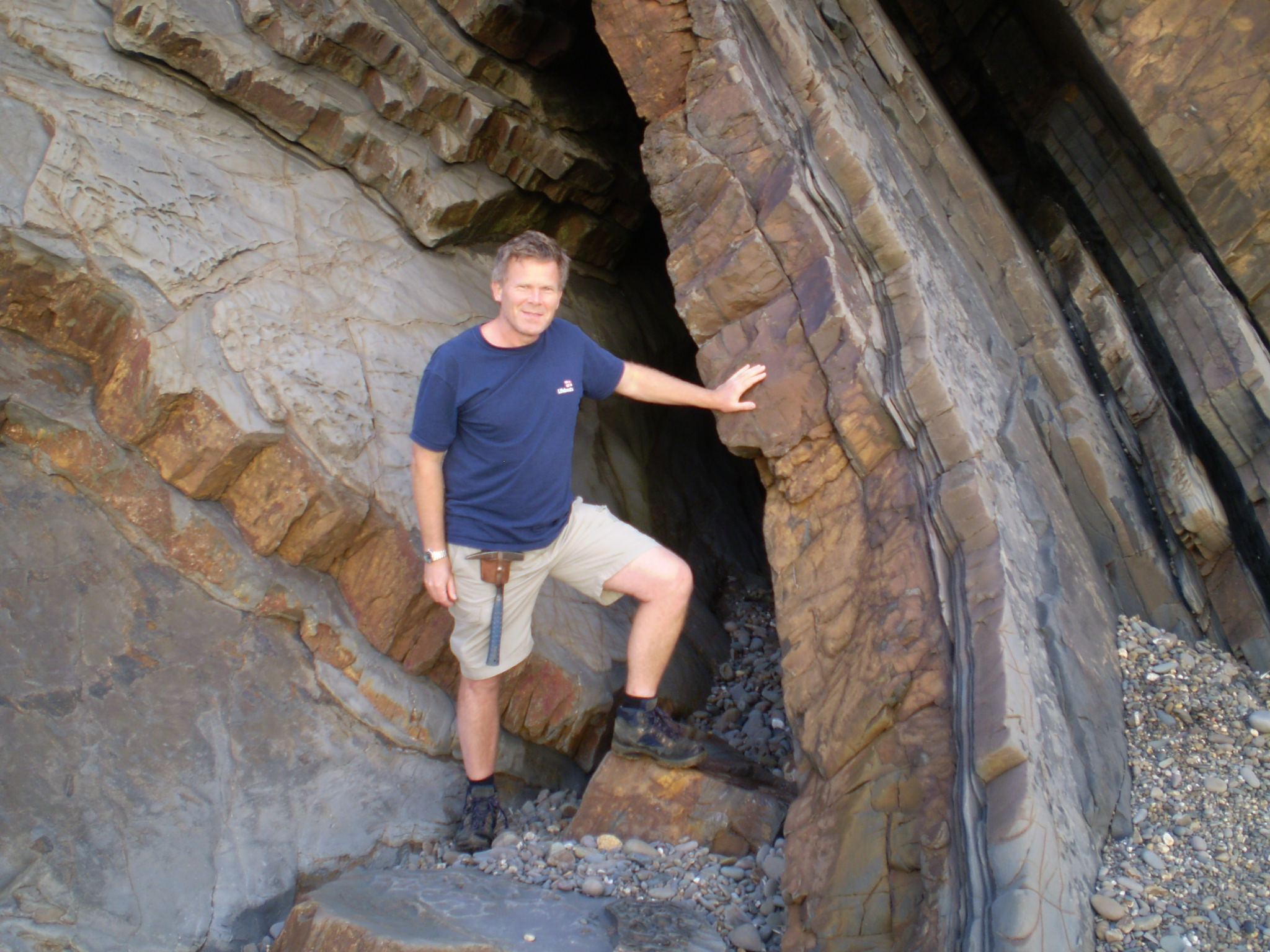Vital economic importance
In petroleum exploration and development, incorrect interpretation of sequence stratigraphy (prediction of reservoir distribution) and depositional environment (reservoir geometry) risks huge economic losses in (A) misplaced wells, (B) missed oil and gas, and (C) phantom resources.
| Techniques
- Facies- and sequence analysis of cores, outcrops, image logs
& correlation panels
- Thin-section analysis of sandstone composition & diagenesis
Objectives
- Interpret environments, sequence stratigraphy & depo-tectonic setting
- Predict sand distribution at the basin scale
- Predict undiscovered stratigraphic plays, e.g. incised valleys, lowstand fans
- Predict sand-body geometry, size & orientation, for better placement of exploration & development wells (especially horizontal ones)
- Improve basin-history models by using thin-section analysis of sandstone diagenesis to interpret number/timing of uplift events & oil charges
- Determine sandstone porosity type & evolution, for better subsurface porosity prediction
- Assess reservoir damage risk (swelling clays, etc.)
- Thin-section determination of porosity &
bitumen volume (immobile oil), for improved reserves calculations
- Obtain more realistic reservoir parameters for
production simulation models (geometry, dimensions, facies, porosity)
|
Pitfalls
Facies- or sequence analysis is not a straightforward observation or calculation, like petrophysics for example. On the contrary, it is highly interpretive and depends utterly on the sedimentologist's experience -
"The best sedimentologist is he/she who has examined the most rocks and studied the most literature".
For example, turbidites can easily be misinterpreted as deep-sea fan instead of shelfal if the subtle differences between unidirectional- and combined-flow cross lamination are missed in core, with profound implications for the predicted geographic distribution and volume of oil or gas.
Similarly, misinterpretation of in situ seismites as far-travelled debrites or slumps can lead to highly erroneous interpretations of depositional environment and tectonic setting (hence incorrect predictions of sand distribution and sand-body geometry), with potentially drastic financial repercussions.
As a final caution, when sedimentary structures are not clearly exposed, as is often the case in cores, their "identification" is really an interpretation, upon which more interpretations (process/environment) are built, i.e. a hazardous double interpretation.
So, choose your sedimentologist carefully!
|
|
